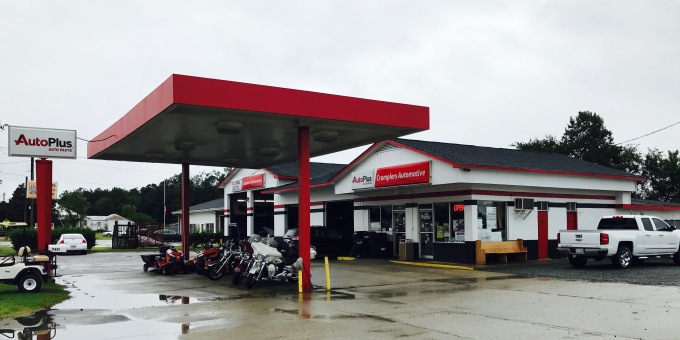As winter fully sets in here in North Carolina we tend to get a variety of weather conditions that can make roads extremely dangerous. Everyone worries about snow because we see it so rarely, but wet roads can be just as dangerous as snowy roads. And on days of heavy rain one of the most terrifying words you can hear is hydroplaning. Hydroplaning specifically refers to a film of water that forms between the roadway and your tires that lifts the front wheels off the pavement and adversely affecting your ability to steer and brake. Hydroplaning is base on a number of variables, and speed is the most significant. However, vehicle weight, tire pressure, and water accumulation all play a part.
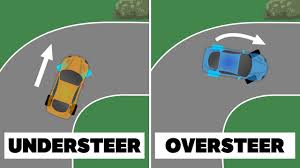
There are several things that you can use to help prevent hydroplaning. The most important is to slow down. Any speeds over 35 mph on wet roads increase your likelihood of hydroplaning. Keep your vehicle maintenance up-to-date. This includes checking your tread on your tires and ensuring they have over ¼ inch tread. Cold weather lowers the pressure inside your tires which makes you more susceptible to hydroplaning. Ensure your tires are inflated to the manufacturer’s recommended pressures. Do not use cruise control during adverse conditions. Use proper route selection to avoid water on the roadway.
Hydroplaning results in understeer, which is where you have your wheels turned but the film of water under the tires causes a loss of traction. The vehicle will continue straight as if you have not even turned the wheel. If you realize you are hydroplaning, let off the accelerator. As your speed decreases your tires will pass through the film and gain contact with the road again. Ensure your wheels are pointed in the direction that you need to go. Avoid sudden and large movements of the wheel, gas pedal, and brakes due to the fact you don’t know when your tires will make contact.
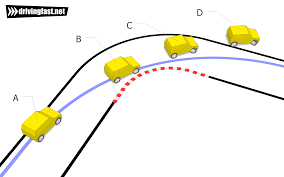
Drive as slow as you need to when dealing with adverse road conditions. It is much better to arrive a bit late than to have an accident along the way.
We have tow trucks in different shapes and sizes to suit your needs. Call us anytime and we will be on our way to help!
Daytime: (910) 483-2958
After hours: Richie (910) 818-4646
Richard (910) 818-2958
Tired of all those leaves? Husqvarna has all the tools to make your outdoor life easier!












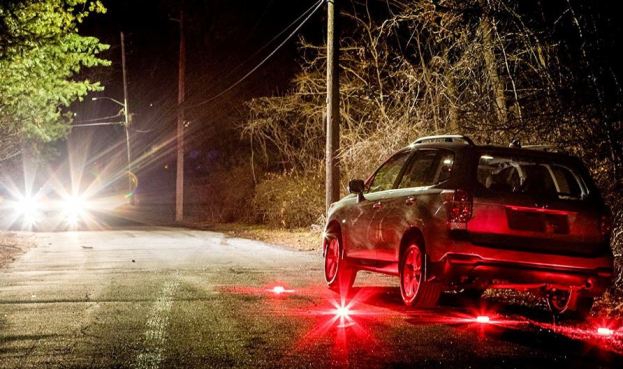
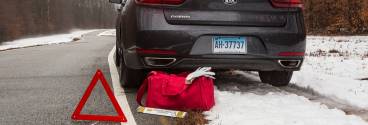 Any kit needs to be versatile enough to be beneficial in different environments. Think about what would help on a 4 lane interstate versus a deserted dirt road. Our environment will also determine the amount of time that we must sustain on our own. In the modern era with cellular phones, this time has dramatically decreased in most locations. Keeping a battery charger with you survival kit can extend the life of your phone. The only consideration for this is you must keep it charged as it will lose its charge over time in your survival kit.
Any kit needs to be versatile enough to be beneficial in different environments. Think about what would help on a 4 lane interstate versus a deserted dirt road. Our environment will also determine the amount of time that we must sustain on our own. In the modern era with cellular phones, this time has dramatically decreased in most locations. Keeping a battery charger with you survival kit can extend the life of your phone. The only consideration for this is you must keep it charged as it will lose its charge over time in your survival kit.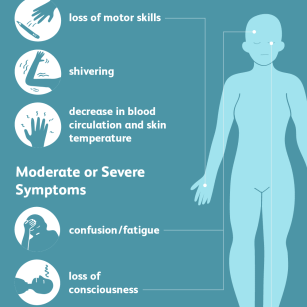 Hypothermia can set on quickly once a vehicle loses power and can no longer supply heat. Even if you are not planning to be out in the elements bring a coat with you in winter just in case you find yourself exposed to the elements longer than you planned. Keep a set of smaller items such as a warm hat and gloves in your vehicle kit. A foil thermal blanket is a compact option that can help if there are more than one of you when you get stranded. Carrying a lighter and a small bag of dryer lint is a great way to get a fire going quickly. Don’t forget that road flare we mentioned earlier, it can get a fire going to keep you warm in a hurry.
Hypothermia can set on quickly once a vehicle loses power and can no longer supply heat. Even if you are not planning to be out in the elements bring a coat with you in winter just in case you find yourself exposed to the elements longer than you planned. Keep a set of smaller items such as a warm hat and gloves in your vehicle kit. A foil thermal blanket is a compact option that can help if there are more than one of you when you get stranded. Carrying a lighter and a small bag of dryer lint is a great way to get a fire going quickly. Don’t forget that road flare we mentioned earlier, it can get a fire going to keep you warm in a hurry.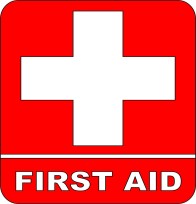
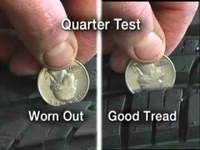

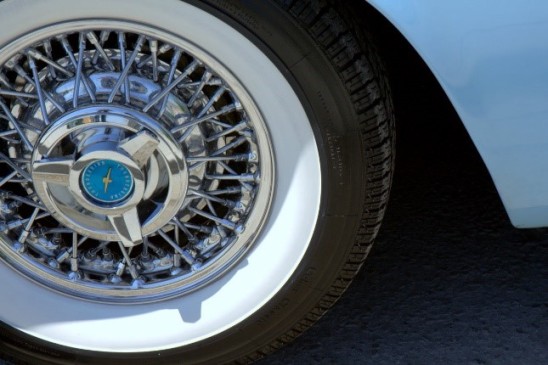











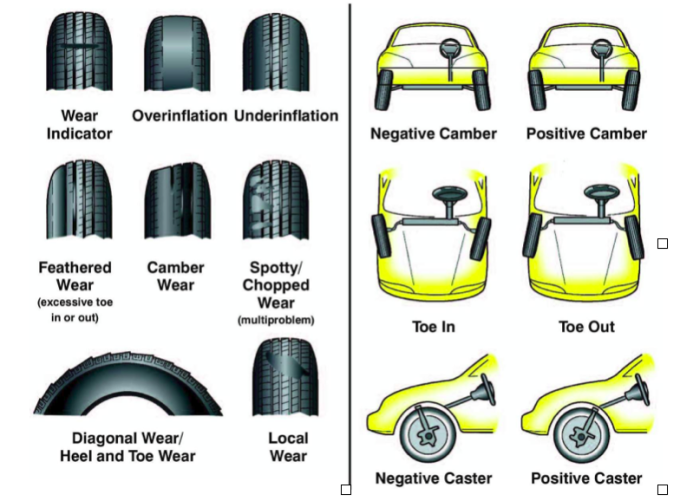










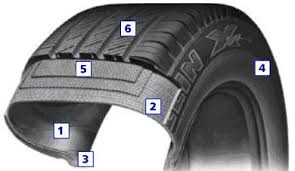











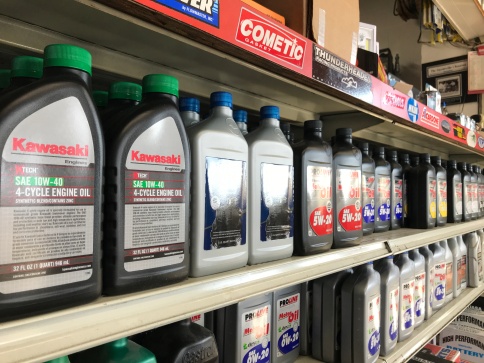

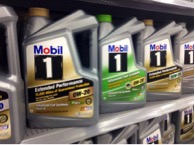










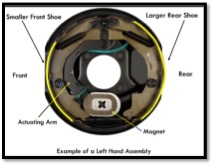 The activation of the trailer brake is electric rather than hydraulic like the brakes on your truck are. These use an electric current and a magnet to apply the braking power. As you can see there are two shoes that make contact with the hub, a smaller front shoe and a larger rear shoe. This image would be flipped for the right side of your trailer. Some vehicles come with a trailer brake setup built in from the factory and some do not. When a vehicle does not have a factory controller we can install one in your vehicle. Please give us a call and we can help you safely get your toys to wherever you are going. (910) 483-2958
The activation of the trailer brake is electric rather than hydraulic like the brakes on your truck are. These use an electric current and a magnet to apply the braking power. As you can see there are two shoes that make contact with the hub, a smaller front shoe and a larger rear shoe. This image would be flipped for the right side of your trailer. Some vehicles come with a trailer brake setup built in from the factory and some do not. When a vehicle does not have a factory controller we can install one in your vehicle. Please give us a call and we can help you safely get your toys to wherever you are going. (910) 483-2958








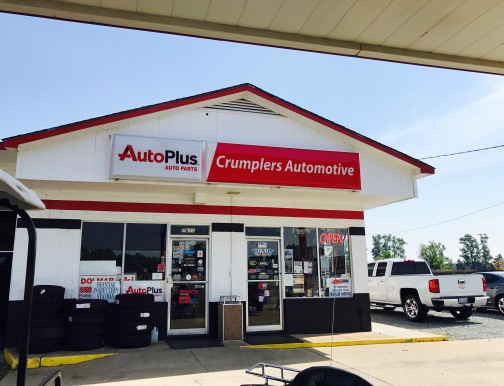






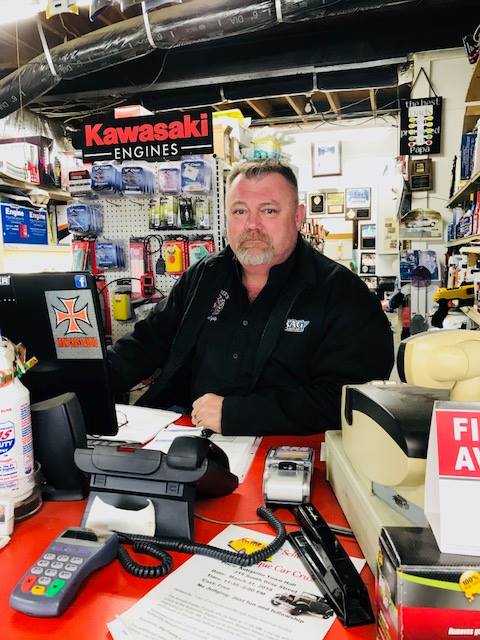

 There are a couple different types of riding mowers that we have at the shop, and all are made for different wants and needs depending on how much you mow and how often. One great thing about Husqvarna in general though, is that they are easy to operate. They have a pedal-operated hydrostatic transmission that allows you to keep your hands on the wheel and adjust your speed with foot pedals. The gauges and controls are easy to see from the driver’s seat. And speaking of the seat–they’re always adjustable and have a cup holder. Because cup holders are the main thing that make mowing fun..! Beyond that, there’s also an automatic or electronic rear differential which increases traction when cutting wet grass or when you’re on an incline.
There are a couple different types of riding mowers that we have at the shop, and all are made for different wants and needs depending on how much you mow and how often. One great thing about Husqvarna in general though, is that they are easy to operate. They have a pedal-operated hydrostatic transmission that allows you to keep your hands on the wheel and adjust your speed with foot pedals. The gauges and controls are easy to see from the driver’s seat. And speaking of the seat–they’re always adjustable and have a cup holder. Because cup holders are the main thing that make mowing fun..! Beyond that, there’s also an automatic or electronic rear differential which increases traction when cutting wet grass or when you’re on an incline.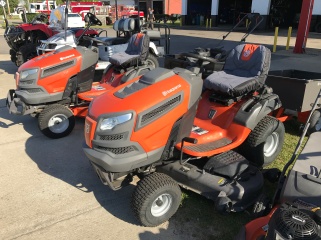 One factor we appreciate a lot with Husqvarna is the Rapid Replace blade system. This allows the cutting blades to easily be removed and replaced without needing any tools. All models feature a built-in water hose connect port to make it easy to clean your mowing deck. The deck is reinforced and powder-coated to provide durability and corrosion resistance. It’s small features like this that make your mower run better for longer.
One factor we appreciate a lot with Husqvarna is the Rapid Replace blade system. This allows the cutting blades to easily be removed and replaced without needing any tools. All models feature a built-in water hose connect port to make it easy to clean your mowing deck. The deck is reinforced and powder-coated to provide durability and corrosion resistance. It’s small features like this that make your mower run better for longer.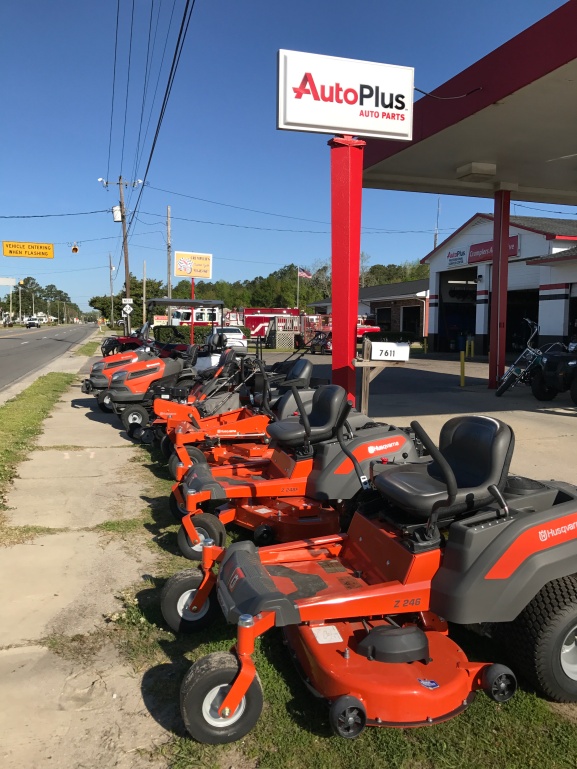












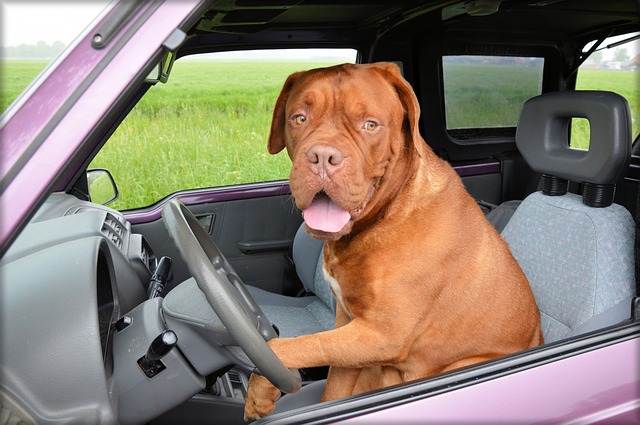
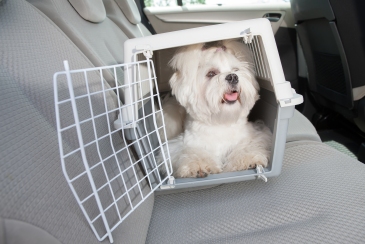 Though you probably don’t envision your fur kid riding in the kennel, it’s usually the safest place for him to travel in, especially on a long trip. He’s less prone to be able to distract you with movement, and also more apt to settle down and get calm since crates function as a den for your dog. Also if the worst happens and you’re in an accident, it’s a safer space for containment than your dog being loose in a vehicle. Also, make sure to secure the kennel. You can tie them down in your vehicle, or some come with attachments to seat belt them in.
Though you probably don’t envision your fur kid riding in the kennel, it’s usually the safest place for him to travel in, especially on a long trip. He’s less prone to be able to distract you with movement, and also more apt to settle down and get calm since crates function as a den for your dog. Also if the worst happens and you’re in an accident, it’s a safer space for containment than your dog being loose in a vehicle. Also, make sure to secure the kennel. You can tie them down in your vehicle, or some come with attachments to seat belt them in.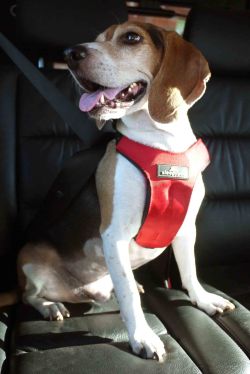 It’ll not only keep them safer if you have to slam on brakes but can also keep them contained during travel so that you fur kid isn’t causing a major distraction for you while driving or harming herself by getting into something she shouldn’t while in your vehicle.
It’ll not only keep them safer if you have to slam on brakes but can also keep them contained during travel so that you fur kid isn’t causing a major distraction for you while driving or harming herself by getting into something she shouldn’t while in your vehicle.








